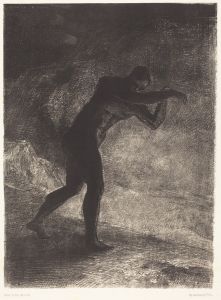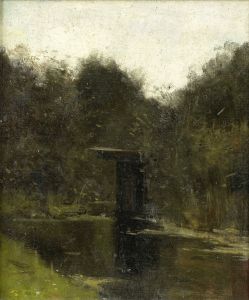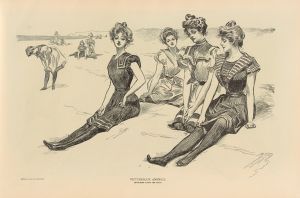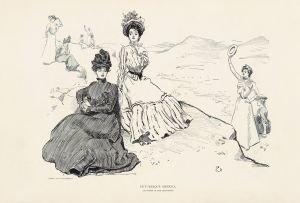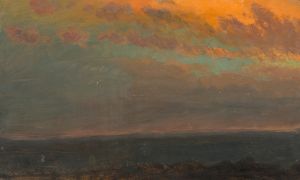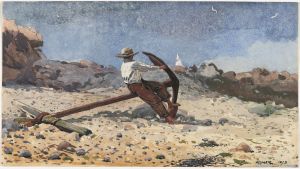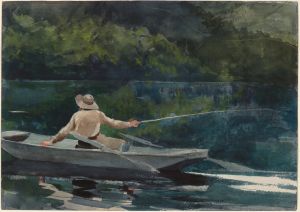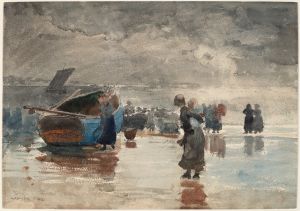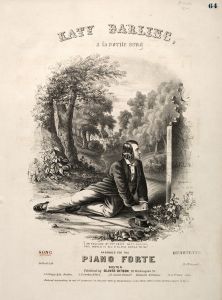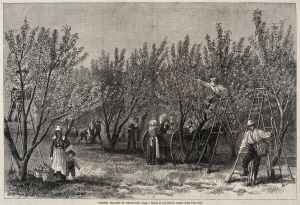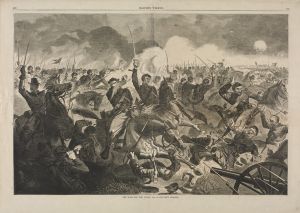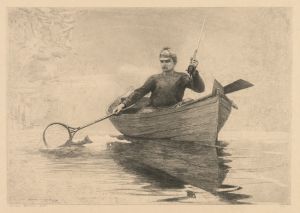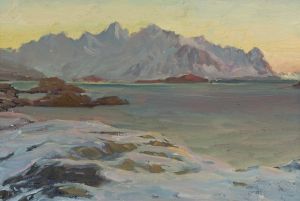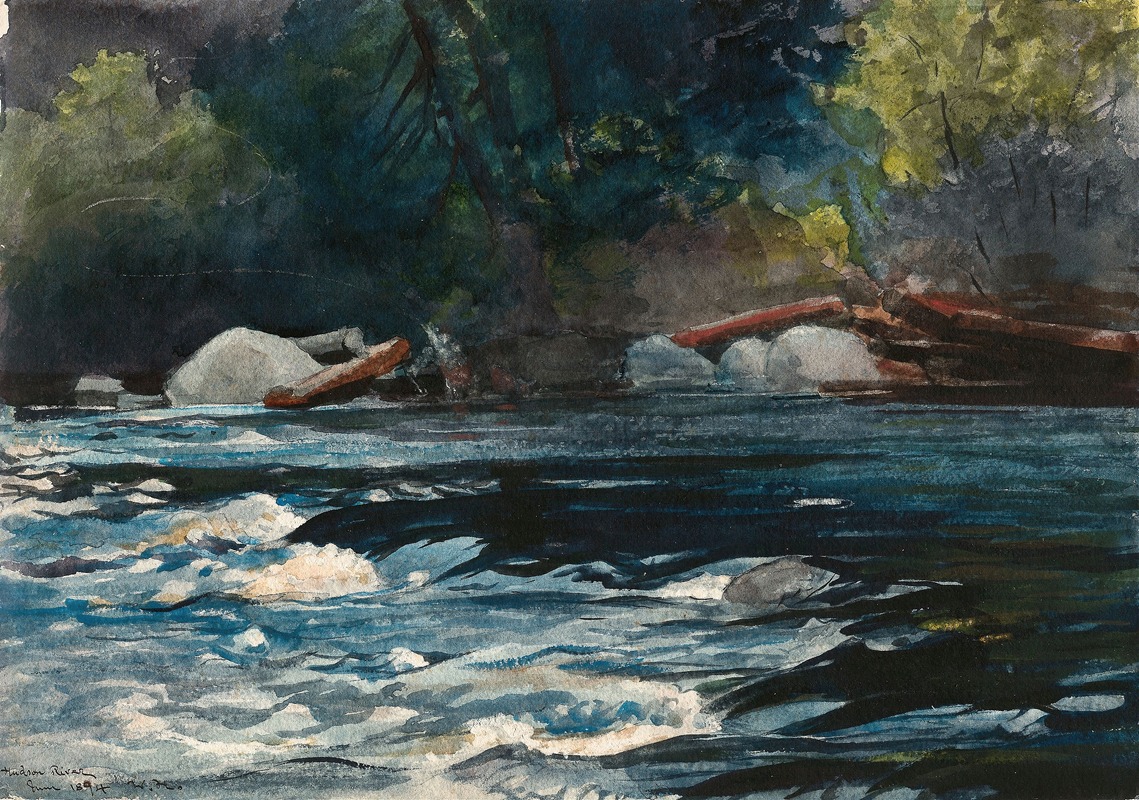
The Rapids, Hudson River, Adirondacks
A hand-painted replica of Winslow Homer’s masterpiece The Rapids, Hudson River, Adirondacks, meticulously crafted by professional artists to capture the true essence of the original. Each piece is created with museum-quality canvas and rare mineral pigments, carefully painted by experienced artists with delicate brushstrokes and rich, layered colors to perfectly recreate the texture of the original artwork. Unlike machine-printed reproductions, this hand-painted version brings the painting to life, infused with the artist’s emotions and skill in every stroke. Whether for personal collection or home decoration, it instantly elevates the artistic atmosphere of any space.
"The Rapids, Hudson River, Adirondacks" is a painting by the American artist Winslow Homer, a prominent figure in 19th-century American art. Created in 1895, this work reflects Homer’s deep engagement with the natural world and his ability to capture the dynamic interplay between humans and their environment. The painting depicts a scene along the Hudson River in the Adirondack Mountains, a region in upstate New York known for its rugged wilderness and scenic beauty.
Winslow Homer was renowned for his realist style and his focus on themes of nature, human resilience, and the sublime power of the natural world. By the time he created "The Rapids, Hudson River, Adirondacks," Homer had already established himself as one of America’s leading artists, particularly celebrated for his marine and wilderness scenes. This painting is characteristic of his later works, which often featured dramatic landscapes and emphasized the raw energy of nature.
The composition of the painting showcases a turbulent section of the Hudson River, with rushing water cascading over rocks. Homer’s use of color and brushwork conveys the movement and force of the rapids, immersing the viewer in the scene’s intensity. The Adirondack Mountains, visible in the background, provide a sense of depth and context, highlighting the untamed beauty of the region. The painting does not include human figures, a choice that underscores the dominance of nature and its unyielding power.
Homer’s connection to the Adirondacks was well-documented, as he frequently visited the area during his lifetime. The region served as a source of inspiration for many of his works, offering him the opportunity to study and depict the interplay of light, water, and landscape. "The Rapids, Hudson River, Adirondacks" is one of several paintings in which Homer explored the theme of water in motion, a subject that fascinated him and allowed him to experiment with techniques to capture its fluidity and energy.
The painting is currently held in the collection of the Metropolitan Museum of Art in New York City. It is considered an important example of Homer’s mature style and his ability to convey the majesty and power of the American wilderness. Through works like this, Homer contributed to the broader 19th-century movement of American landscape painting, which sought to celebrate the natural beauty of the United States and its untamed frontiers.
"The Rapids, Hudson River, Adirondacks" remains a testament to Winslow Homer’s skill as an artist and his enduring legacy as one of America’s foremost painters of nature.





